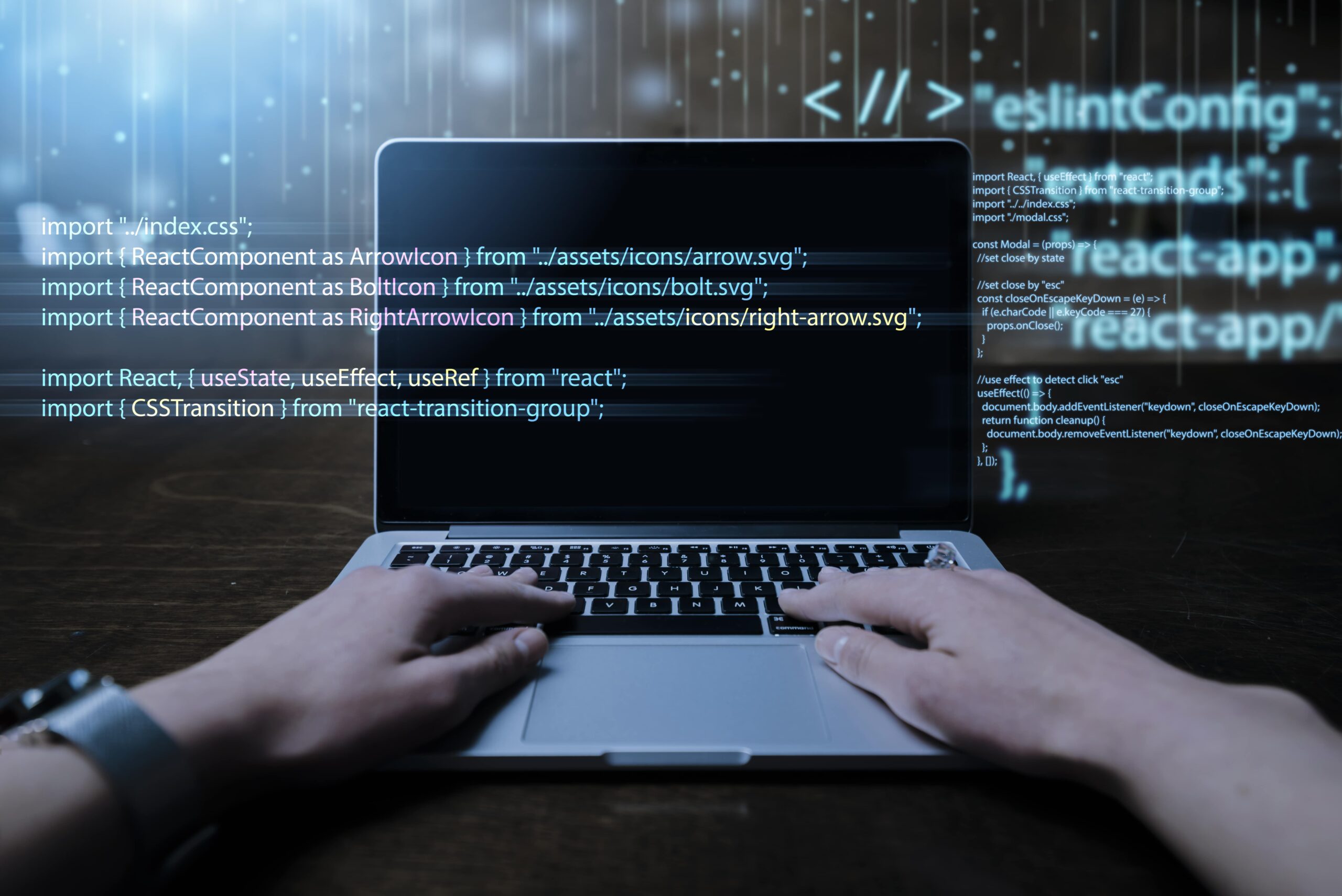As Python continues its reign as a top programming language, the landscape of Python development is set to undergo significant transformations by 2025. With its versatility, ease of use, and vast library ecosystem, Python is the go-to choice for developers across various industries. In this blog, we’ll explore the key trends that will shape the future of Python, focusing on the impact these trends will have on Python developers.
Artificial Intelligence and Machine Learning
One of the most significant trends for Python developers is the continued growth of Artificial Intelligence (AI) and Machine Learning (ML). Python’s simplicity and robust libraries like TensorFlow, PyTorch, and scikit-learn have made it the preferred language for AI and ML applications. By 2025, we can expect Python to dominate even further in these areas, enabling the development of smarter algorithms and more intuitive user experiences. This trend offers Python programmers exciting opportunities to innovate in fields such as natural language processing, predictive analytics, and autonomous systems.
Internet of Things (IoT)
The Internet of Things (IoT) is another area where Python programmers are expected to see substantial growth. Python’s adaptability and support for microcontroller platforms like MicroPython and CircuitPython make it ideal for IoT development. By 2025, the integration of Python with IoT will become more widespread, facilitating the creation of interconnected devices and smart applications. Python programmers with IoT expertise will be in high demand, as more industries embrace automation and real-time data processing.
Web and Mobile Application Development
Python’s role in web and mobile application development is set to expand further. Frameworks like Django and Flask have already cemented Python’s place in the development of scalable, secure, and high-performance applications. By 2025, we anticipate more Python programmers leveraging these frameworks to create cutting-edge applications that meet the evolving needs of businesses and consumers. The rise of progressive web apps (PWAs) and the demand for cross-platform mobile solutions will also drive the adoption of Python in this space.
Automation and Robotics
Automation is poised to become a key trend in Python development, with more companies looking to streamline operations and reduce manual intervention. Python’s efficiency in scripting and its extensive support for automation libraries make it a powerful tool for this purpose. Python program developers can expect to see increased opportunities in fields such as robotic process automation (RPA), where Python will play a crucial role in designing systems that can perform repetitive tasks with minimal human input.
Cloud Computing and Big Data
As cloud computing and big data continue to grow, Python software developers will find themselves at the forefront of these technological advances. Python’s compatibility with major cloud platforms like AWS, Google Cloud, and Azure, along with its powerful data processing libraries such as Pandas and Dask, make it indispensable for developing cloud-native applications and handling massive datasets. By 2025, Python will remain a key player in cloud computing, offering developers the tools they need to build scalable, data-driven solutions.
The future of Python development is bright, with numerous trends poised to reshape the way Python language developers approach their work. Whether it’s in AI, IoT, web development, automation, or cloud computing, Python’s versatility ensures that it will continue to be a critical tool for developers. As we look toward 2025, Python programmers should stay informed about these trends to remain competitive and innovative in the ever-evolving tech landscape.

